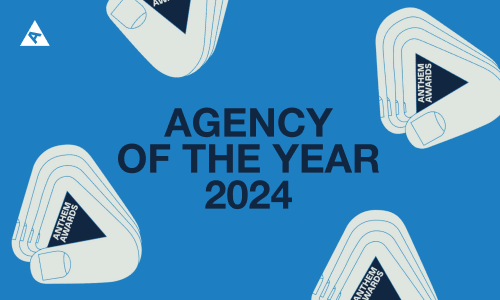The 2024 US election is shaping up to be one of, if not the most, expensive elections in history, with a projected ad spend of at least $15.9 billion. TBD on whether this surpasses the 2020 election, during which Michael Bloomberg famously spent over one billion of his fortune—before dropping out one month later.
While this massive cash injection has no doubt impacted ad platforms, brand campaigns, and ad fatigue, we still have some questions.
Like, what’s the percentage of political ads versus other ads right now? What platforms are these social-media-savvy marketers investing in?
And when will it end?
Deciphering the data around the 2024 elections
Our performance marketing teams have been keeping tabs on the election and media spending since January 2024, hoping to maximize return on ad spend for our clients. We’ve noticed some interesting trends by monitoring client performance dashboards, Pathmatics, and other third-party tools.
1. Political spending is impacting overall platform spending, but later than we anticipated.
Political ads did not bump up overall platform spending until the week of September 29th (give or take a day). This was a bit surprising because we figured we’d see an impact earlier. Whether political advertisers are getting the last word or hoping to influence open polls, most of the action has occurred in October.
The platforms with the biggest impact? YouTube and Facebook, with a slight increase in desktop display video.
2. Political campaigns have doubled down on YouTube
In July, August, and September, distribution was relatively even across YouTube, Meta, OTT, and programmatic spending. However, political advertisers are now prioritizing YouTube over every other platform. For context, in the second half of October, political parties spent well over $2.5M per day on YouTube. For Meta, it’s closer to $1M per day.
3. And that means roughly 8% of all ads on YouTube are political
Between September 24th and October 23rd, over 83 million dollars were poured into the political category on YouTube, representing about 8.3% of all ads on the platform. To compare, only 1.65% and 1.37% of ads are political on Facebook and Instagram, respectively.
4. Top audience targets include gamblers, gamers, and sports fans
It’s no surprise that consumers 18-45 are the primary focus of political ads, as they represent 49.1% of the US population. But it is perhaps surprising that political advertisers have been targeting gamblers, sports fans, digital socialites, and PC gamers 2.5-3.5 times more than other groups.
5. Ads in Pennsylvania exceed $300M
In the top swing state of Pennsylvania, voters are getting bombarded with ads. Both presidential candidates, senate candidates, and Political Action Committees (PACs) are all prioritizing Pennsylvania. This is impacting the cost per million (CPMs) for brands attempting to advertise in the state and will continue to increase dramatically until November 5.
6. Spend is still revving up
While it may seem like the election is winding down, political advertisers are revving up. As we head into the first week of November, we expect spending to continue to increase before the massive dropoff on the 6th.
7. Three safe havens
Safe havens—platforms with the least political investments—include TikTok (where political ads are banned), Snapchat, and Pinterest. You can rest assured these platforms will be safe from political investment through election day.
Should you go dark?
Q4 is a massive focus for retail brands, so balancing media plans with these final weeks is essential.
At DEPT®, we recommend some clients go completely dark. Others to scale back significantly. We have also encouraged certain brands to charge ahead because cheerful and lighthearted content can break through to audiences during the onslaught of heavy political messaging.
What’s most important is to stay flexible and agile. Closely monitor breaking news and circumstances, so that if real-time updates shift your perspective, you can pivot as needed.





